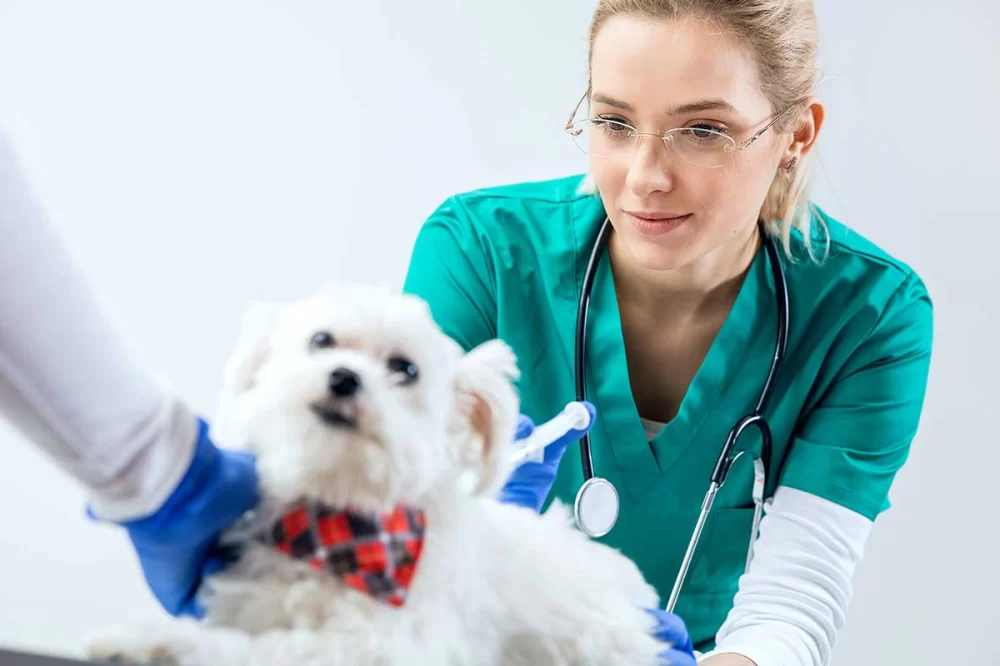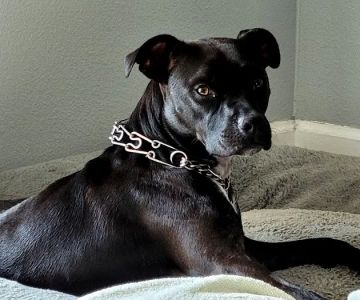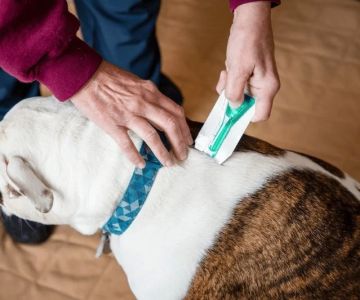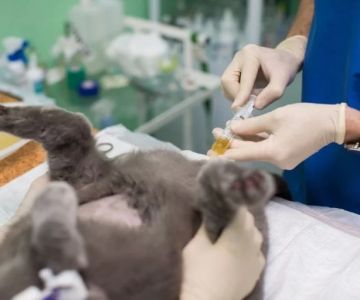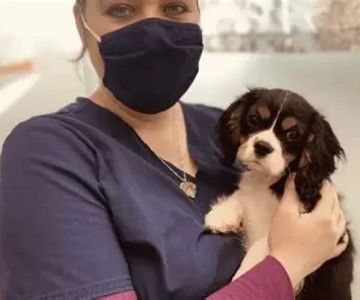How to Prepare Your Pet for Surgery Without Stress
Preparing your pet for surgery can be a daunting experience, not just for your furry friend, but for you as well. As a pet owner, it’s natural to feel concerned about how your pet will react, both before and after the procedure. But the good news is, there are plenty of things you can do to reduce stress and anxiety, ensuring that the surgery process is as smooth and comfortable as possible for your pet. In this article, I’ll share my personal experience and provide practical tips on how to prepare your pet for surgery, alleviate their anxiety, and make the experience less stressful for everyone involved.

19035 W Capitol Dr Ste J101, Brookfield, WI 53045, USA
See Details1. Understanding Your Pet’s Anxiety Before Surgery
Pets, especially dogs and cats, are highly sensitive to changes in their environment. Surgery, with all its unknowns, can trigger anxiety in even the most well-behaved pets. A common reaction might be restlessness, hiding, or excessive barking or meowing. In my case, when my dog, Max, needed surgery, he became unusually clingy and anxious, which made me even more nervous about the procedure. I quickly realized that understanding his behavior was key to helping him—and me—get through it.
Many pets pick up on their owner’s emotions, so it’s essential to remain calm and composed during the pre-surgery period. Animals can sense our stress and might mirror it. The first step in preparing for surgery is understanding your pet’s anxiety triggers and managing them in advance.
2. Pre-Surgery Consultations: Communication is Key
Before the big day, make sure to have a thorough consultation with your veterinarian. This will give you an opportunity to ask questions and express any concerns you may have about the procedure. You’ll want to know exactly what the surgery entails, what the recovery process will look like, and how best to care for your pet after the procedure.
My vet provided me with a step-by-step outline of what to expect during Max’s surgery and recovery. This was incredibly helpful for me, as it allowed me to mentally prepare and create a plan for Max’s post-surgery care. During the consultation, ask about options for managing your pet’s anxiety both before and after surgery. Your veterinarian may recommend medications or natural remedies that can help calm your pet.
3. Creating a Calm and Comfortable Environment
In the days leading up to the surgery, it’s important to create a calm and stress-free environment for your pet. For Max, I made sure his favorite blanket and toys were accessible, as they helped provide comfort during stressful times. Try to avoid any major changes to your pet’s routine in the days before the surgery. If your pet is used to daily walks, maintain that routine as much as possible to help them feel more at ease.
It’s also a good idea to avoid inviting guests over during this time. Too many unfamiliar people or sounds can exacerbate anxiety in pets. Instead, focus on spending quiet, bonding time with your pet. You might consider offering extra attention, such as brushing or gentle petting, which can have a calming effect.
4. Managing Food and Water Intake
On the day of surgery, your vet will likely advise you to withhold food and water from your pet for a set period before the procedure. This is important to ensure your pet’s safety during anesthesia. Following your vet’s instructions is crucial, as it prevents any complications during the surgery. For Max, this meant no breakfast, which he wasn’t happy about, but it was for his own safety. Knowing this in advance helped me manage my expectations and prepare Max in a calm, non-stressful way.
It’s important to stick to the recommended times for withholding food and water, as your vet will have a specific timeline based on your pet’s surgery type and age. Keep in mind that some pets may be more sensitive to hunger, so having a comforting routine, like a morning walk or a few minutes of quiet time together, can help ease the stress of hunger.
5. The Morning of Surgery: Preparing for the Big Day
The morning of the surgery can be emotional for both you and your pet. It’s crucial to stay calm, as your pet will pick up on your energy. I found it helpful to give Max one last cuddle before the trip to the veterinary clinic, letting him know everything would be okay. Some pets may need reassurance, while others might prefer to be left alone to rest. Respect your pet’s needs during this time.
When it’s time to head to the clinic, keep the trip as smooth and calm as possible. If your pet is traveling in a car, make sure they are securely restrained, whether in a crate or using a seat belt harness. A safe trip is essential for reducing anxiety on the way to the clinic.
6. After the Surgery: Recovery and Continued Comfort
Once the surgery is complete, the recovery process begins. Many pets experience grogginess, confusion, and discomfort immediately after surgery due to anesthesia. This can be an unsettling time for both the pet and the owner. After Max’s surgery, he was understandably disoriented, and it was heartbreaking to see him so out of sorts. However, with some patience and gentle care, he quickly recovered.
Your vet will provide you with detailed instructions on how to care for your pet during the recovery phase. This might include administering medications, managing any pain, and restricting activity. I found it helpful to set up a quiet, comfortable space for Max to recover, complete with his favorite bed and easy access to water and food.
During the recovery period, keep a close eye on your pet’s behavior. If you notice any concerning symptoms, such as excessive pain, swelling, or changes in appetite, contact your veterinarian immediately. Also, be sure to follow the vet’s advice regarding follow-up appointments and any necessary treatments.
7. Patience and Positive Reinforcement
Finally, patience and positive reinforcement are essential during both the pre-surgery and recovery phases. Just like any other stressful experience, pets can be more resilient with the right care and encouragement. Offer praise and treats when your pet behaves well, and create positive associations with their recovery space. With time, your pet will bounce back, and the stress of the surgery will be behind both of you.
In my experience, keeping a calm and positive attitude helped Max feel secure during the entire process. By understanding his anxiety and taking proactive steps to reduce stress, I was able to make the surgery experience as smooth and painless as possible for both of us.
If you’re looking for more personalized advice and guidance on preparing your pet for surgery, consider reaching out to us at Hidden Brook Veterinary. Our experienced team is here to support both you and your pet during this important time.

